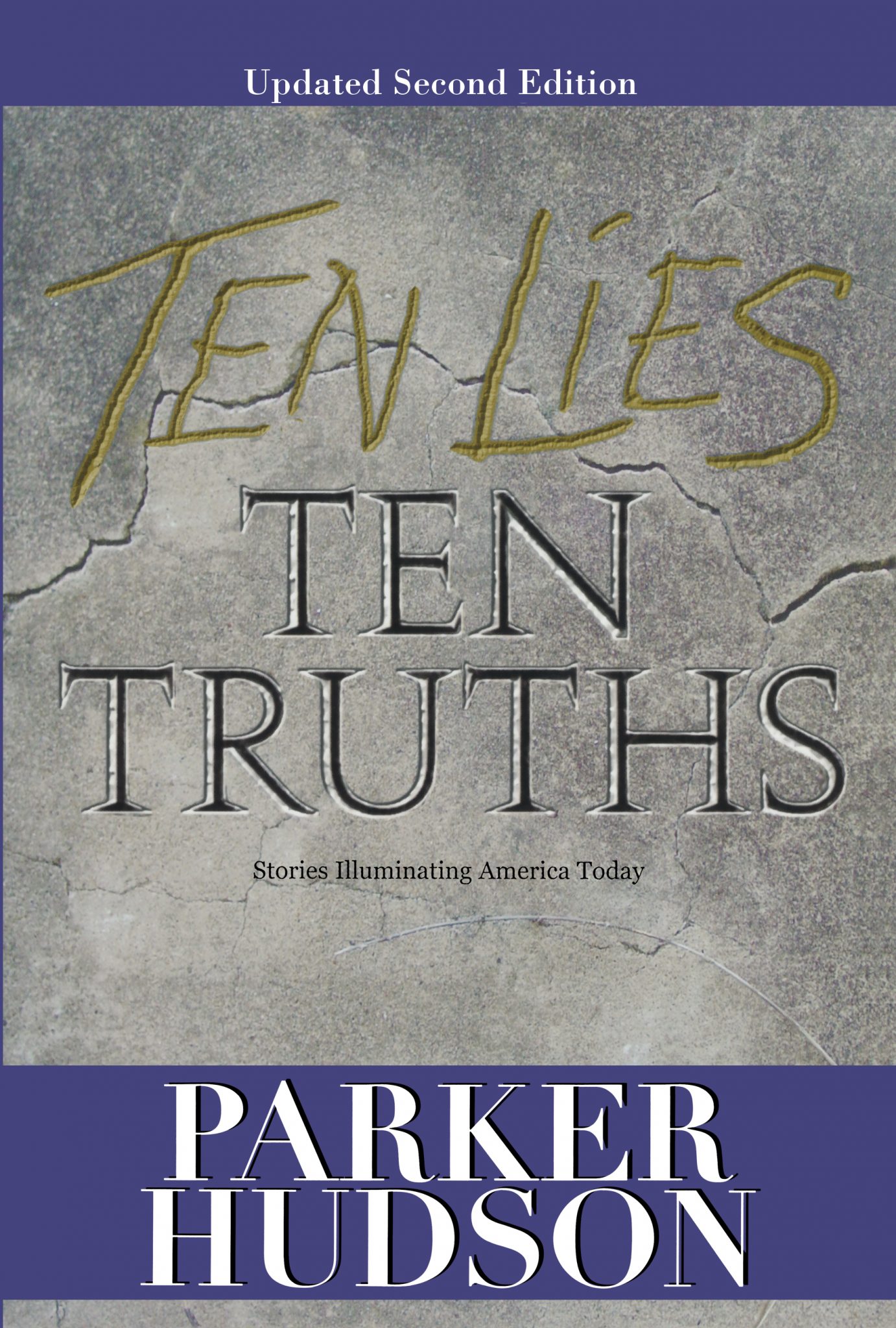This week the Vice President rounded up the usual suspects and held Gun Control Task Force meetings with gun control advocates, opponents, and the entertainment industry.
I wish that he had also asked for input from Gil Kerlikowske, the White House’s Director of the Office of National Drug Control Policy, known as the Drug Czar, but I doubt it.
Where did all the guns come from that we now want to try to control? Why are our towns and cities awash in guns? Why are gangs advancing into what used to be peaceful neighborhoods, prompting residents to buy guns? What is the market force, the first mover, that creates the huge increase in guns, and therefore the violence? Who or what is pushing guns into new hands?
In a post last April 29th I argued that the War on Drugs, like Prohibition, is worse than a failure because, besides not stopping illegal drugs, it actually adds violence, organized crime, gangs, guns, strains on law enforcement, more prisoners and lost tax revenue on what would otherwise be a terrible, but mostly personal, problem.
I’m not in favor of drug use. For users it is debilitating. But by criminalizing it, at the lowest level of the drug chain we force each user to also become a pusher, finding new people to buy, so that he or she can support an ever more expensive habit. Or, if that doesn’t create sufficient income, then violent muggings, robberies and carjackings follow. And drug use expands.
Above the user/pusher level, drugs are a very profitable but illegal business. And, like alcohol during Prohibition, when there is an illegal drug business dispute, it cannot be settled by going to the police or the courts. The only way to solve a dispute is with violence. With guns. Personal guns. Gang guns. Organized crime guns.
So now our inner cities are filled with guns, most originally associated in some way with drugs. Because those who need these guns can’t or won’t pass a background check, illegal gun running becomes another profitable business for the same people, “pushing” guns along with drugs through the same channels.
GunPolicy.org estimates that there are now 270 million guns in America, 89 for every 100 citizens, of all ages. That is incredible. Do we imagine that this number is fueled only by suburban families buying rifles and handguns? Surely it is the need for drug dealers at all levels to intimidate others, defend their supply chains, and take over new territories, that is behind this surge. Then purchases by law abiding residents are the reaction to the violence caused by the illegal drug industry’s first move, and the cycle continues.
What if drugs were legal but controlled and taxed, like alcohol? What if there were no longer a huge illegal profit, or a need to push the habit on others to pay for it? What if gangs and organized crime no longer defended and expanded their profits with violence, because there were no illegal profits?
Ending the War on Drugs makes sense on many levels and for many reasons. Now we can add to those reasons its almost certain impact on lowering the availability of guns, along with removing one of the most powerful motives to use them.
Violence will be reduced, a major need for guns will abate, and the cycle of ever more guns and violence will reverse. It won’t change neighborhoods overnight, but it will start the process by taking away the primary economic incentive to have and use a gun.
And to correct this problem requires less, not more, government intervention. Just do away with the War on Drugs, as we did away with Prohibition.


This will not happen because the banks make too much money laundering the drug cartel funds.
HSBC most recent scandal of laundering BILLIONS of drug cartel funds received only a wrist slap. No arrests,NO prosecutions…so there you go.
I guess loans are no longer a profit center for the too big to fails!!